Last Updated on August 5, 2021

In a four hour interview conducted with Martin Scorsese by the magazine Fast Company, the interviewer noticed how Scorsese made movie references right and left and dropped names of different films all over the place. Which is because Scorsese both knows his stuff and wildly loves movies and their effect on all involved (see HUGO). That same interviewer then took it upon themselves to compile a list of all the films mentioned by Scorsese, amending each mention with either a description of that film’s relevance to Scorsese and his work or Scorsese’s own commentary.
A selection of the movies most important to Scorsese can be found below, while the rest can be found by clicking right here.
ACE IN THE HOLE: “This Billy Wilder film was so tough and brutal in its cynicism that it died a sudden death at the box office, and they re-released it under the title Big Carnival, which didn’t help. Chuck Tatum is a reporter who’s very modern–he’ll do anything to get the story, to make up the story! He risks not only his reputation, but also the life of this guy who’s trapped in the mine.” 1951
APOCALYPSE NOW: This Francis Ford Coppola masterpiece is from a period when directors like Brian DePalma, John Milius, Paul Schrader, Scorsese and others had great freedom—freedom that they then lost. 1979

BORN ON THE FOURTH OF JULY: Produced by Universal Pictures under Tom Pollock and Casey Silver, this Tom Cruise movie (directed by Oliver Stone) was an example of how that studio “wanted to make special pictures,” says Scorsese. 1989
CAT PEOPLE: Simone Simon plays a woman who fears that she might turn into a panther and kill. It sounds corny, but the psychological thrills that directors Jacques Tourneur got out of his measly $150,000 budget make this a fascinating movie, with amazing lighting. 1942
DO THE RIGHT THING: Spike Lee’s film was the kind of risky production that drew Scorsese to Universal Pictures when it was run by Casey Silver and Tom Pollack. “Then Pollock left,” says Scorsese, “and it all changed.” 1989
FORCE OF EVIL: Another picture that defined the American gangster image, this noir stars John Garfield as the evil older brother whose younger sibling won’t join his numbers-running conglomerate. 1948
GERMANY YEAR ZERO “Roberto Rossellini always felt he had an obligation to inform. He was the first one to do a story about compassion for the enemy, in this film—it’s always been hard to find, but now there’s a Criterion edition. It’s a very disturbing picture. He was the first one to go there after the war, to say we all have to live together. And he felt cinema was the tool that could do this, that could inform people.” 1948
THE HUSTLER: Scorsese liked the Paul Newman character (Eddie Felson) in this movie so much that when Newman came calling about a possible update of the movie, he agreed to direct The Color of Money. He says the movie’s box office success helped rehabilitate his career after a tough slog. 1961

JASON AND THE ARGONAUTS: As part of his film education of his daughter, Scorsese screened a bunch of Ray Harryhausen classics, including this one. 1963
MIDNIGHT COWBOY: One of the great movies released by UA in its glory days, starring Dustin Hoffman and Jon Voight. 1969
THE RED SHOES: “There’s something so rich and powerful about the story, and the use of the color, that it deeply affected me when I was nine or ten years old. The archness of the approach, and how serious the ballet dancers were … When they say, “The spotlight toujours on moi,” they mean it! The ballet sequence is almost like the first rock video. It’s almost as if you’re seeing what the dancer sees and hears and feels as she’s moving. It’s like in Raging Bull, where we never went outside the ring for the fighting sequences.” 1948
SHOCK CORRIDOR: A wild Sam Fuller movie about a journalist who enters an insane asylum to try to break a story. 1963
THE THIRD MAN: “Carroll Reed made one of those films where everything came together. It made me see, with Kane, that there was another way of interpreting stories, and another approach to the visual frame of the classical films…all those low shots, and the cuts.” 1949



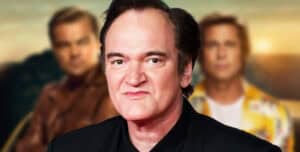
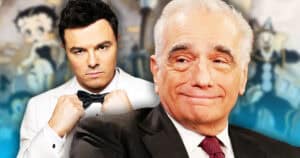

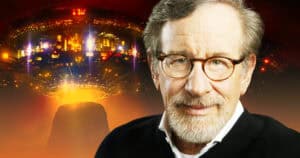
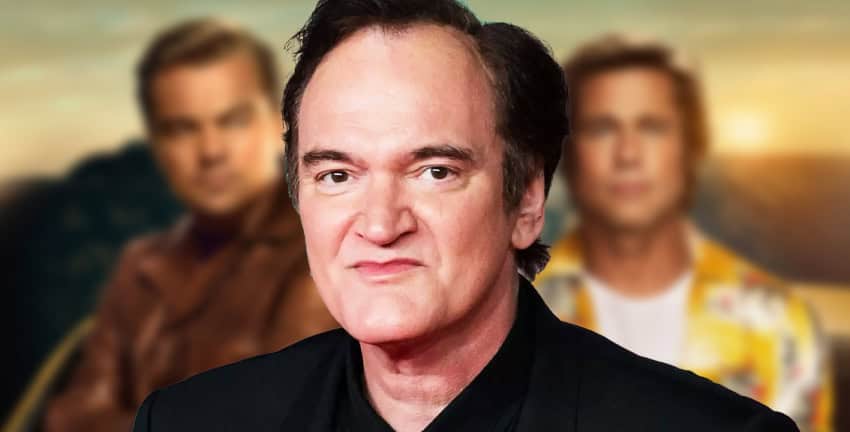
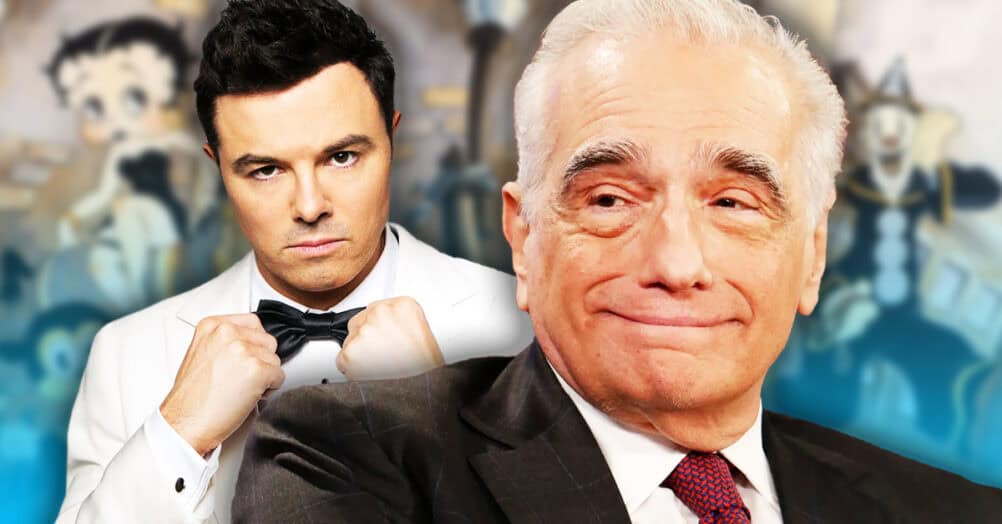
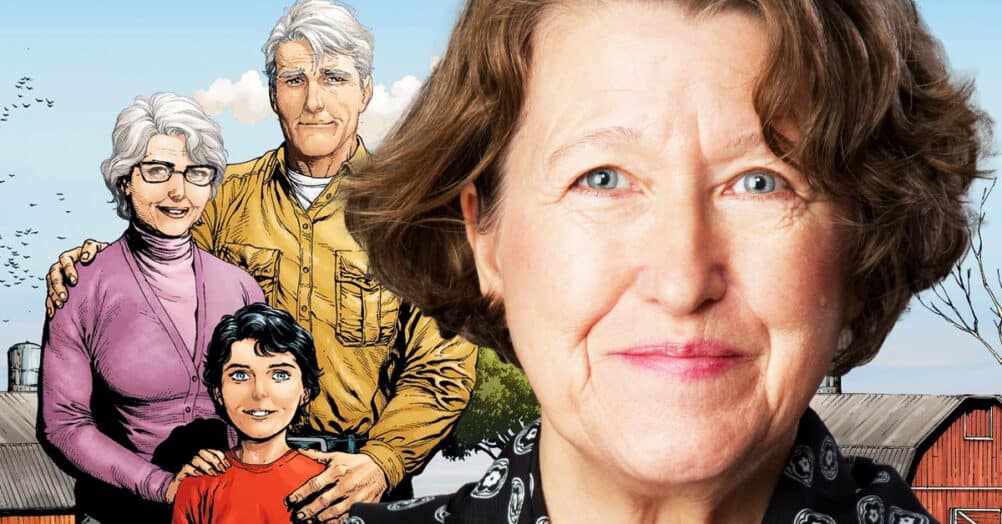
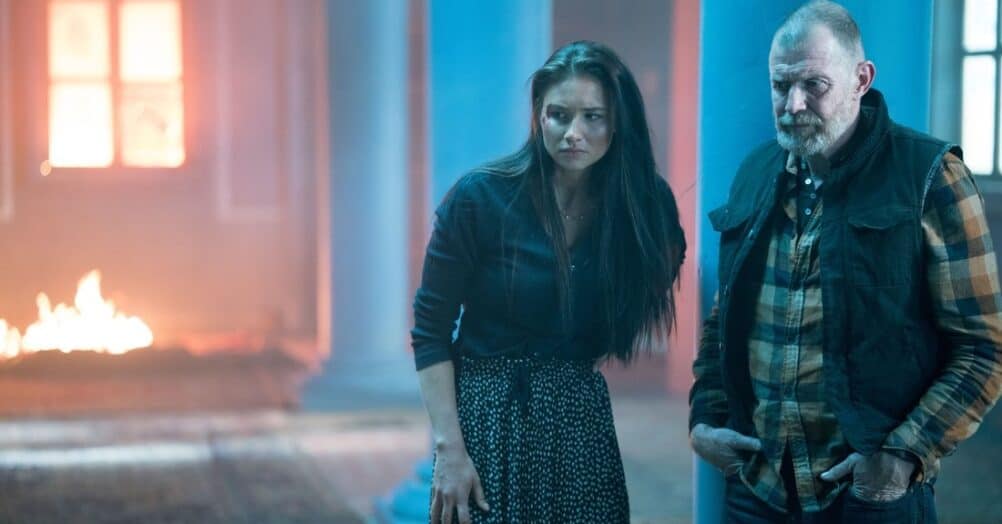
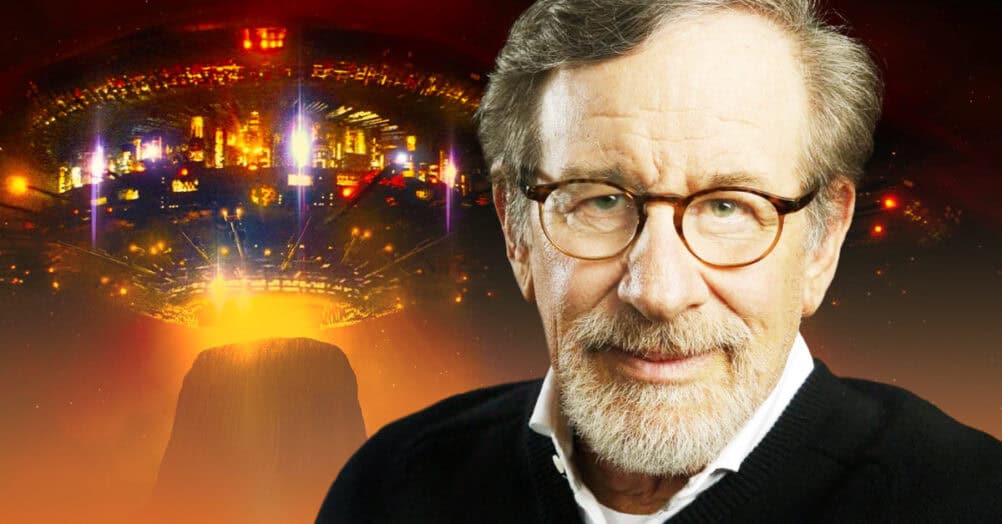
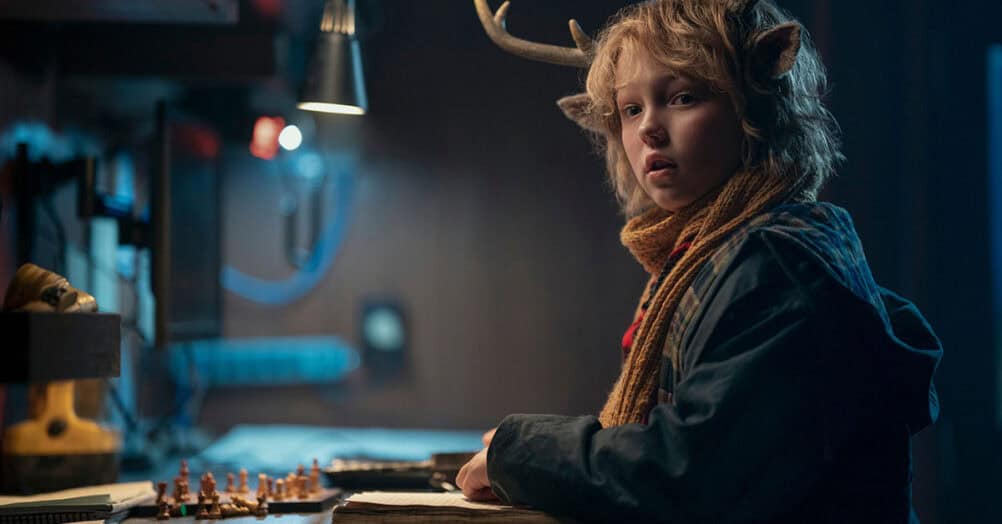
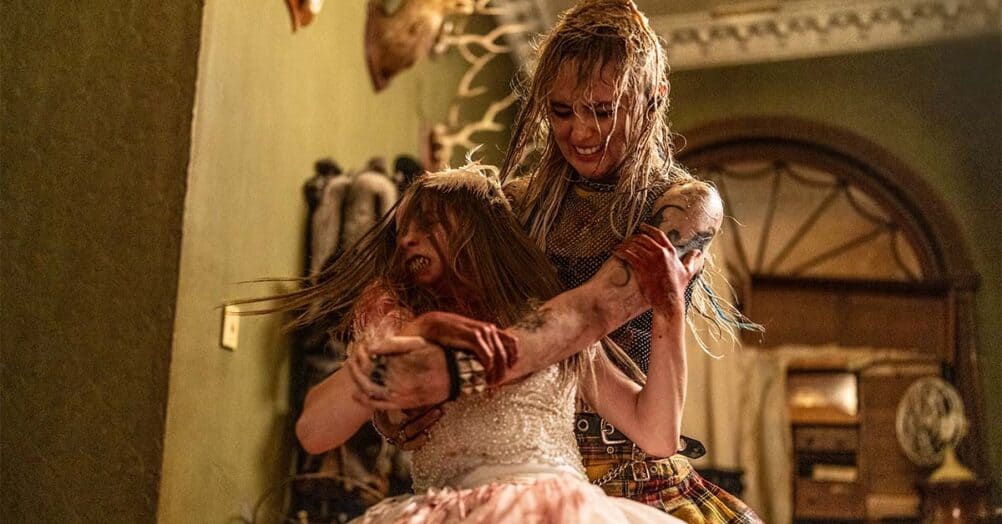
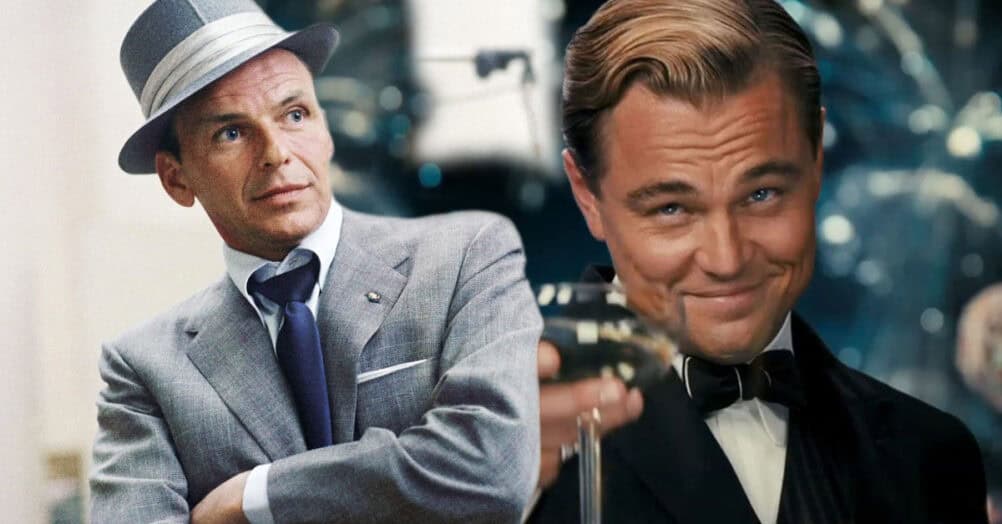
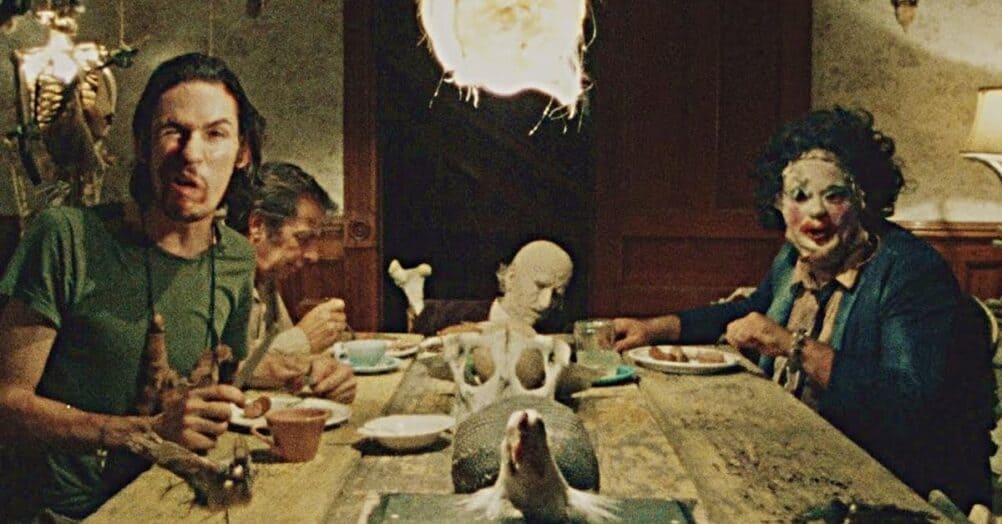
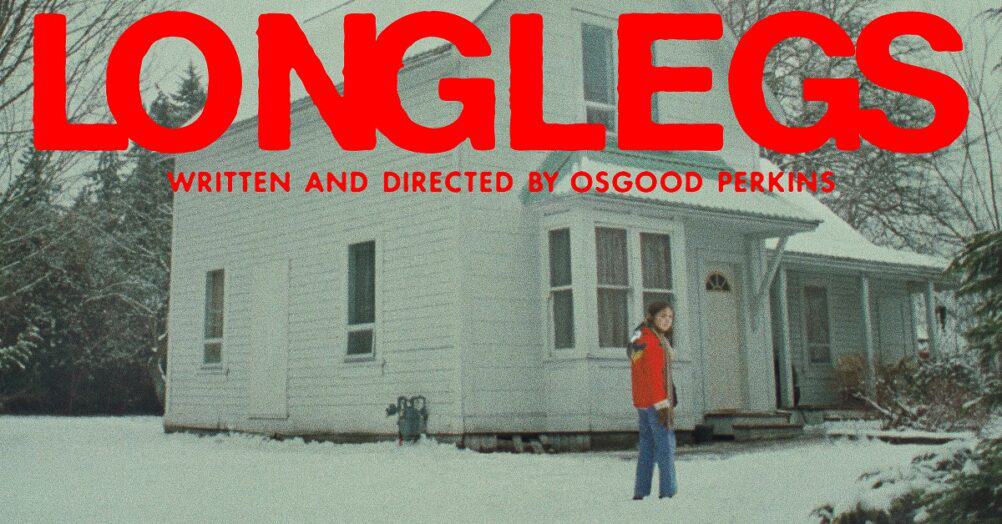
Follow the JOBLO MOVIE NETWORK
Follow us on YOUTUBE
Follow ARROW IN THE HEAD
Follow AITH on YOUTUBE